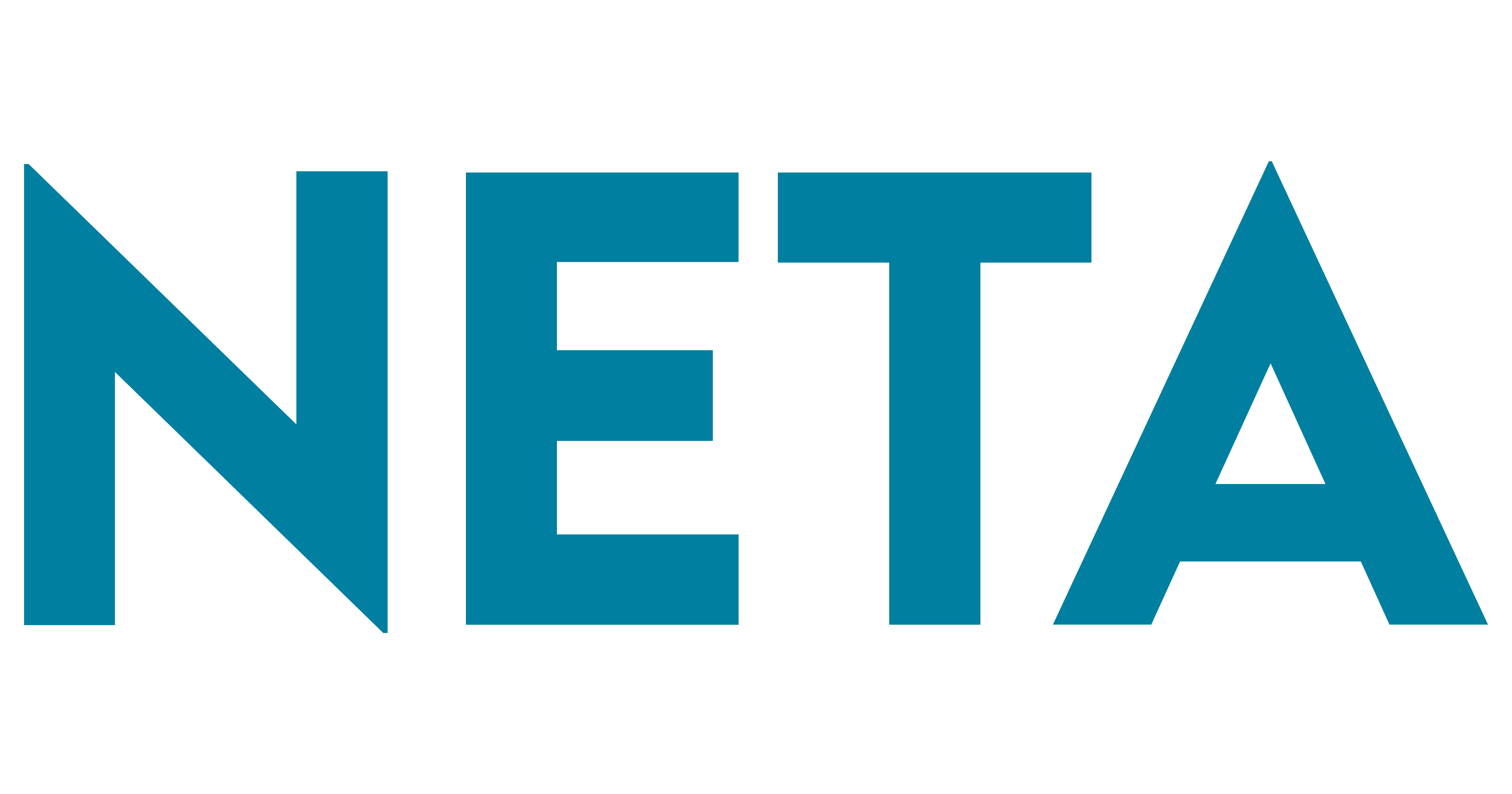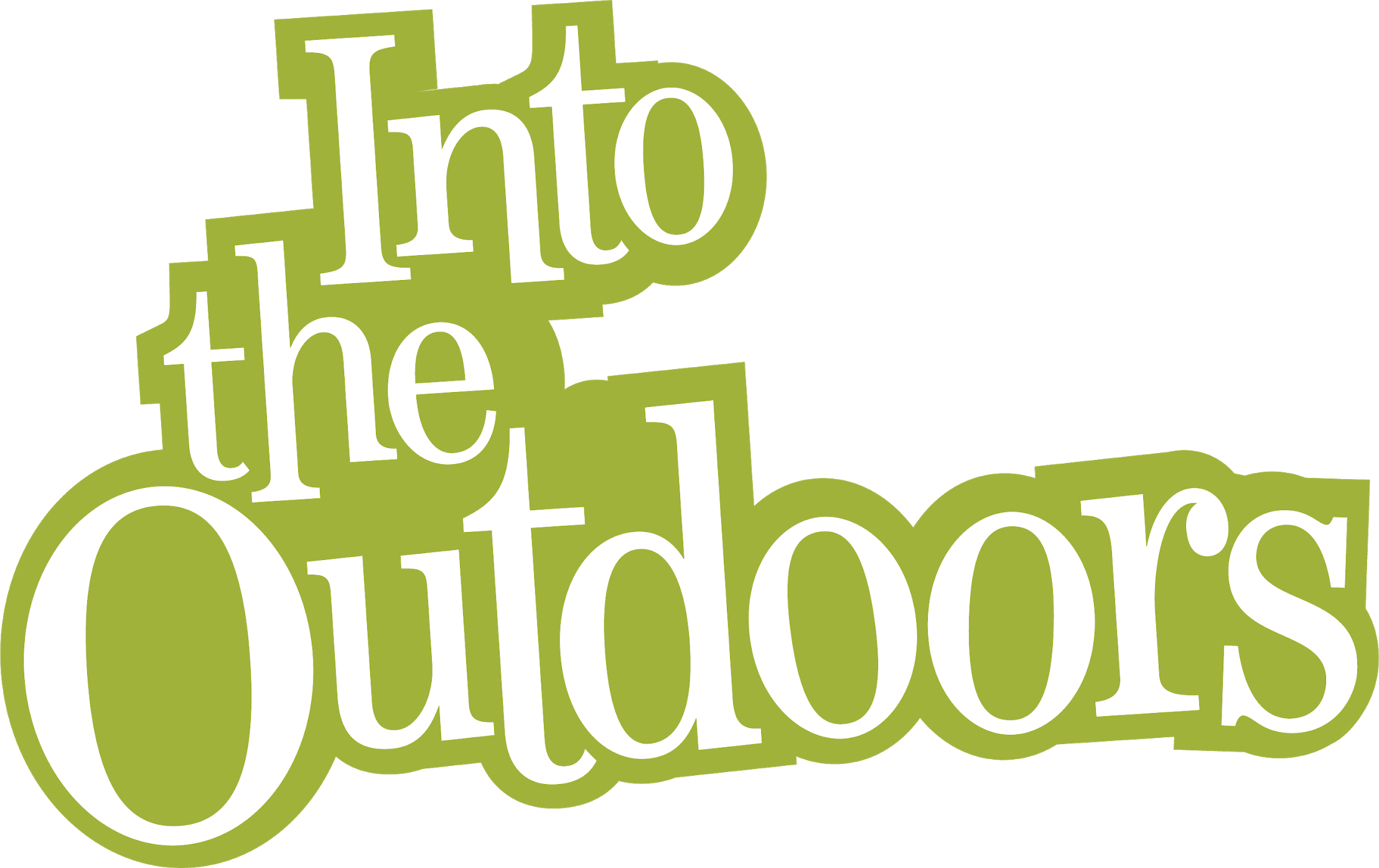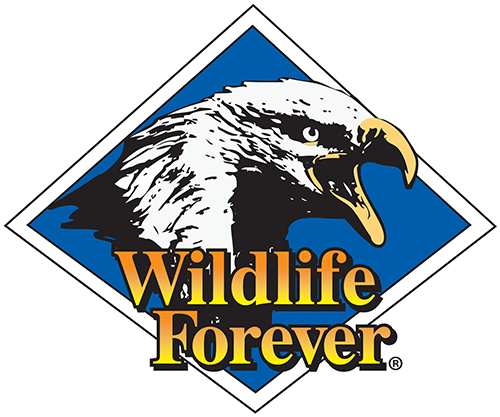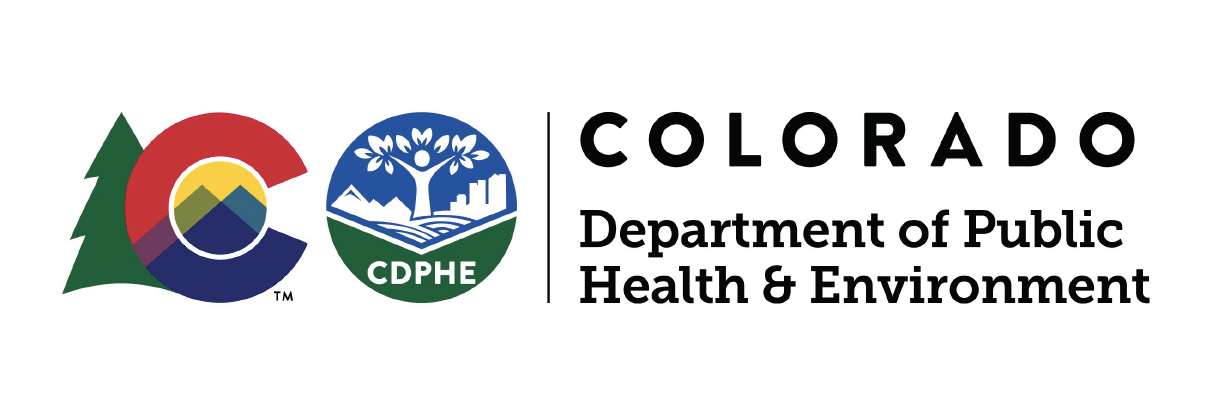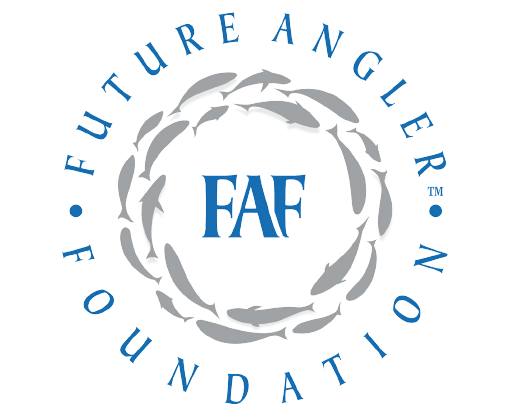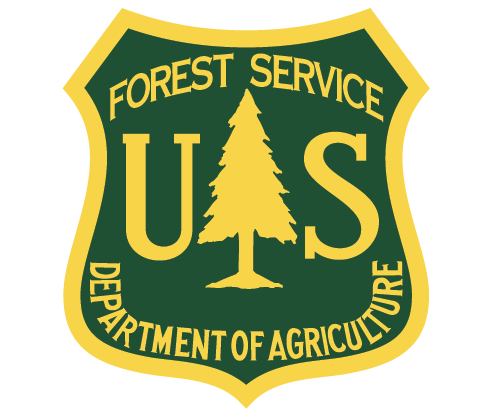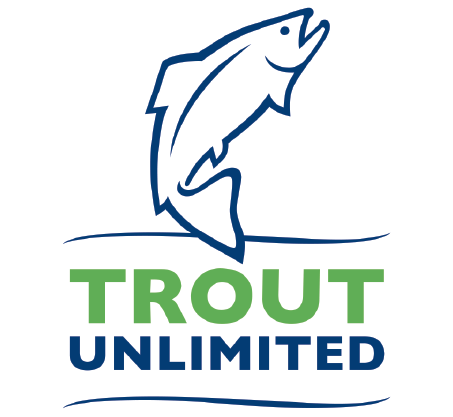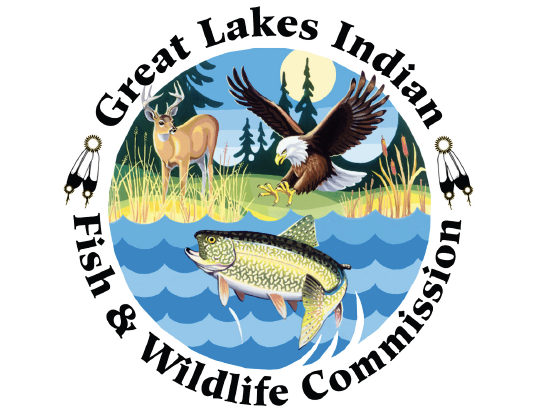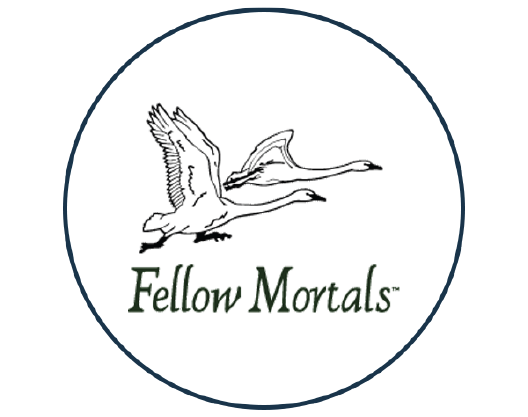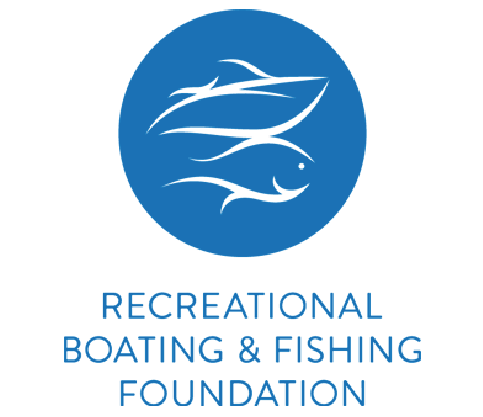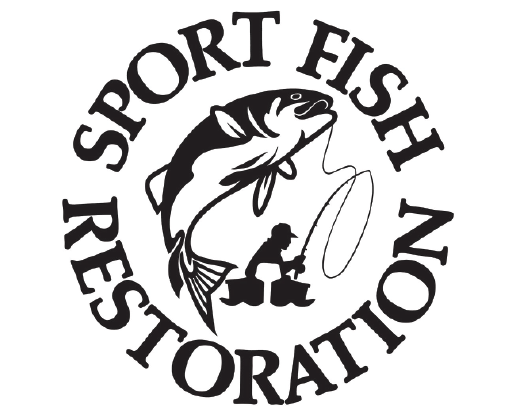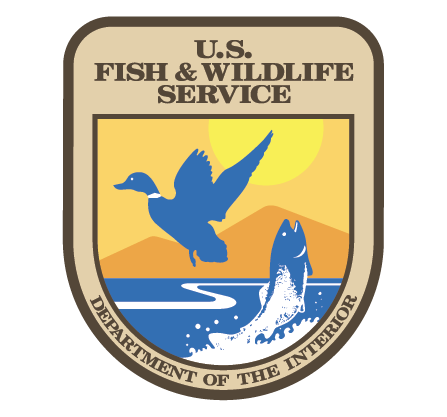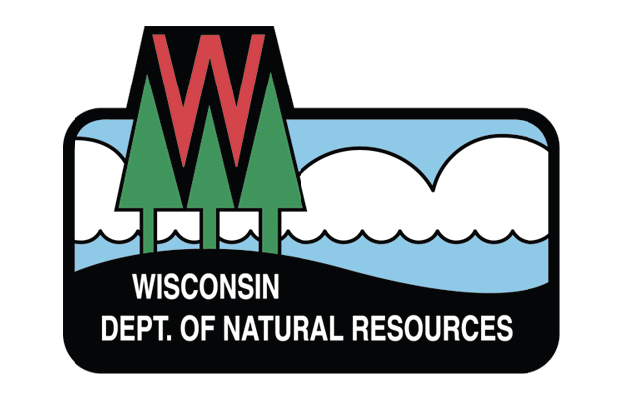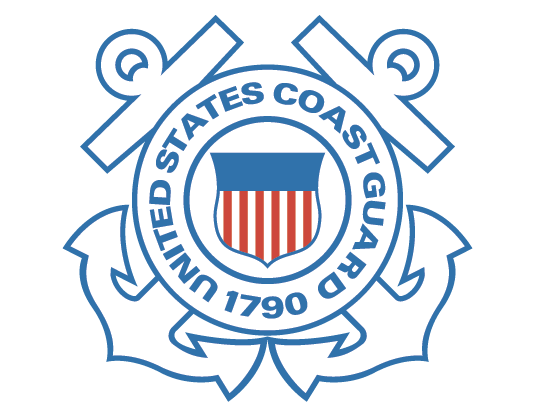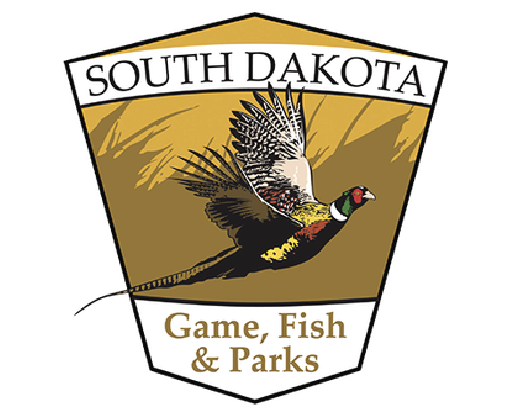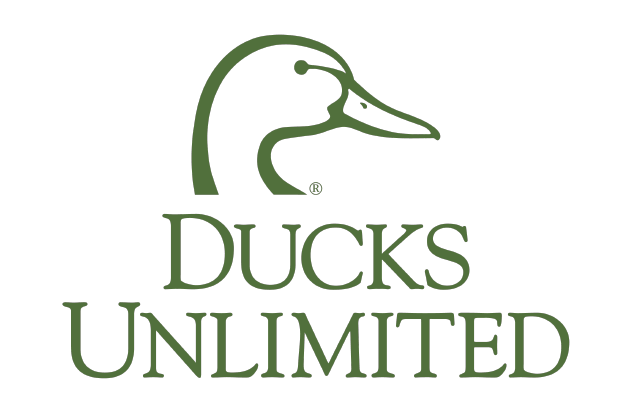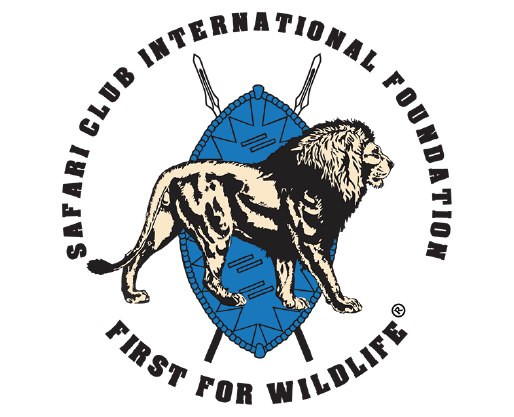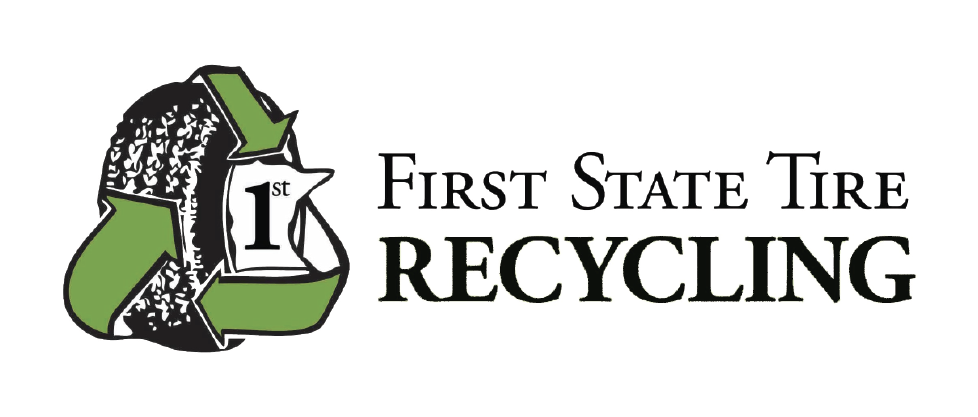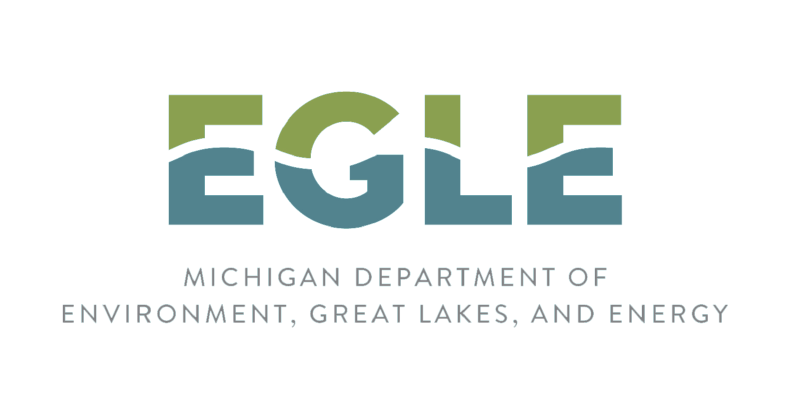GETTING FAMILIES FISHING & BOATING INITIATIVE
The Wildlife Initiative for conservation education
ADAPTIVE RECREATION EDUCATION INITIATIVE
ENERGY EDUCATION INITIATIVE
CONSERVATION & SHOOTING SPORTS EDUCATION INITIATIVE
Abundant wildlife that once inhabited this earth is dwindling, or at worst, lost, as a result of our human impacts. Continued human encroachment, poisoning land and waters, and even our recreational pursuits have destroyed wildlife habitats and thratened millions of species with extinction.
But because you believe in what we believe… there is hope.
In response to these significant anthropogenic declines in wildlife populations, The Wildlife Initiative for Conservation Education (TWICE) has partnered with the Into the Outdoors Education Network and Pine View Wildlife Rehabilitation and Education Center to broaden our educational reach. With your help, this initiative can impact millions of Americans to think TWICE about their impact on the other precious species that share Planet Earth.
The purpose of TWICE is to educate the general public, with a focus on youth, through national television and educational resources to encourage critical thinking and create a more sustainable coexistence between humans and wildlife.
But how do we accomplish such a vital mission that we both share?
We start with two crucial things: you and the facts.
The Facts
According to the WWF’s Living Planet Report 2022, global species populations have declined by an average of 69 percent since 1970. Because of this decline, an estimated one million plant and animal species are threatened with extinction (Living Planet Report 2022, p. 10). Many scientists have declared that we are currently experiencing the 6th mass extinction event in the history of our planet. Some of the major contributing factors to this decline in biodiversity include habitat loss, overexploitation, climate change, pollution and invasive species – all of which relate directly back to human activity.


According to the Humane Society of the United States, approximately 10 to 20 million animals die each year from lead poisoning. Wildlife is exposed to lead in a plethora of ways, but the primary cause of exposure for avian species is through direct ingestion. Lead is often ingested by animals by means of spent lead ammunition or discarded lead sinkers used in popular recreational activities. These tools could easily be replaced with a less harmful material that would prevent lead poisoning in wildlife.
Earth’s herpetofauna is declining at an alarming rate with little to no efforts of protection. According to the Center for Biological Diversity: 20 percent of reptiles are at risk of extinction; more than 41 percent of the world’s amphibians are at risk of extinction; and approximately 61 percent of turtle species are threatened with extinction or have already gone extinct. This rapid loss of biodiversity is largely in part to habitat loss due to urbanization.


While it’s easy to feel disconnected from such high-level issues, factors such as habitat loss bring the problem right into our communities, neighborhoods and even backyards. According to the Department of Transportation, an estimated one to two million animals are involved in collisions with cars every year in the United States. Because of the lack of resources and fragmentation of their habitat, wildlife is forced into urban settings as they search for food and shelter which can be a very dangerous environment for them. But cars aren’t the only vehicle that threatens wildlife.
More sea animals are getting hit by propellers than originally thought, including turtles, seals, otters, dolphins, whales, manatees, manta rays and more. Collisions with small animals often go unnoticed due to their size. However, speed and awareness play a large role in these collisions. Any animal is difficult to spot and avoid when traveling at fast speeds, including manatees. Boats are responsible for 20% of human-caused mortality for manatees, not to mention the rapid increase in watersport popularity has contributed to the general loss of habitat for marine species which makes these boatstrike encounters more frequent. But coexistence is achievable if education is a priority.

The Problem
Current increasing conflicts between human activities and wildlife can be mitigated through increased awareness and education on casual relationships, how to prevent wildlife injuries and what to do if they do occur.
There are a variety of organizations and foundations that are involved in the fight against biodiversity loss, but few see the direct impacts humans have on animals more than wildlife rehabilitators. While wildlife rehabilitators tend to deal more with individual cases of human impact, they are still able to pinpoint the recurring human habits and mindsets that lead to such cases. From seabirds affected by oil spills to manatees injured by boat strikes, wildlife rehabilitators are dedicated to protecting and saving not only the individuals that come through their doors, but all members of the species – and that begins with preventative action.
From individuals to entire species, wildlife rehabilitation is about protecting wild animals. As responsible citizens of planet earth, it is important for individuals to take preventative action in protecting the wildlife in their area by being aware, educated and compassionate.
The Solution
The first step in making a difference is acknowledging there is a problem in the first place. The second step is to empower the nation to become stakeholders in the issue. That’s why TWICE has partnered with the 18-time Emmy award-winning Into the Outdoors Education Network, to utilize their national reach. By connecting subject matter experts with the educational platform that can reach tens of millions of viewers each year, we will launch youth learning into the realm of wildlife conservation.
TWICE is a collaborative approach to educating the public on coexistence with wildlife, built upon the following principles:

INFORM the general public on causal relationships among humans, the environment and wildlife on the individual, community and corporate levels, and why it matters in terms of ecosystem and environmental health.

RESHAPE how people view wildlife in their communities and inspire compassion for wildlife.


On the heels of the successful pilot, Into Environmental Sustainability, we are looking to expand the initiative into a series of episodes that focus on educating the general public – with an emphasis on youth – about the human impacts on wildlife, and provide realistic solutions to how negative effects can be avoided. Each episode will be paired with an educational video and lesson plans that will live on the Into The Outdoors website.
Into Environmental Sustainability
In this Into the Outdoors episode, Adventure Team member, Zach, heads out into his community to learn more about sustainability and his role in creating a healthier environment. He investigates the causal relationships among humans, wildlife and the environment to learn about human impact on our planet. Viewers learn along with Zach as he talks with wildlife experts, volunteers and corporate professionals to learn about the importance of sustainability at the individual, community and corporate levels.
By partnering with the Into the Outdoors Education Network, we are able to utilize their production skills, educational resources and distribution connections to reach broad and ever-growing audiences. With this programming, we are able to bring this educational series into tens of millions of homes across the nation, but we need credible experts to help us inform this audience with the experiences and insights from their work in the field of wildlife conservation.
That’s where you come in.
Partner With Us
Our mission is to educate youth on the impact of human activities on wildlife, through the lens of wildlife rehabilitation and conservation efforts, with the ultimate goal of creating a more sustainable coexistence between humans and wildlife. The educational programs we create will encourage youth to think TWICE about their environmental impact.
The success of this initiative hinges on partners who share the same mission. If our mission aligns with yours, join our initiative and help increase education and awareness surrounding wildlife conservation.
Contact us to learn about our partnerships and the role you’ll play in supporting The Wildlife Initiative for Conservation Education.
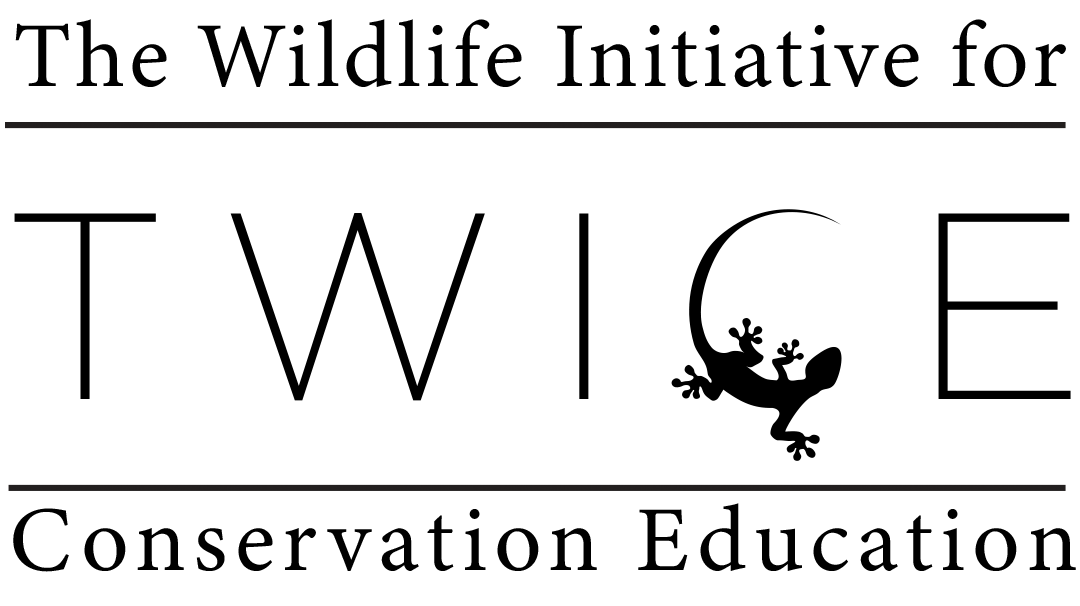

BROADCAST TELEVISION
The Into the Outdoors Education Network airs on ABC, NBC, CBS, FOX, and is shared with public broadcasting affiliates through the National Educational Telecommunications Association (NETA). NETA’s distribution system reaches and presents educational programs to over 277 public broadcasting stations across 46 states. Each month, over 109 million people watch their local public TV stations. This educational television series is the only program to earn 18 Emmys from the National Academy of Television Arts & Sciences for the top youth educational series in the Midwest. Your show (content funding partners) is aired three times a year for two years. But broadcast television is just part of this story… read on.
NATIONAL DIGITAL & ONLINE CHANNELS
Despite the impressive broadcast television network, this program has stayed on the crest of the digital wave where more of today’s youth and young families watch media on streaming platforms. These “cable cutters” in Generation X, Millennials and Generation Z often watch their media on their smartphones and streaming platforms. That’s why ITO expanded the impact of this series by ensuring widespread viewing availability on platforms such as YouTube and on the ITO website. Both are accessible “on demand” anytime and anywhere with an Internet connection.
ONLINE EDUCATIONAL NETWORK - CLASSROOM VIDEOS AND LESSONS
Each half-hour TV program has the opportunity to be supported by classroom education videos distributed to teachers and students along with free classroom lesson activities that encourage hands-on learning.
AGENCY DISTRIBUTION
All of the educational classroom videos and lesson activities are offered free open-source nationally to every state/federal agency, organization/institution, and individual/family.
EMPOWER CRITICAL THINKING USING SCIENTIFIC RESEARCH
And finally, all of the entertainment and educational media content in this program uses key psychological and production elements that empower kids to think critically for themselves using their sensibility and value systems. Research shows that these sophisticated media and educational techniques can be 400% more effective at shaping someone’s perception about fishing as opposed to trying to tell someone what to think.
Distribution Partners






